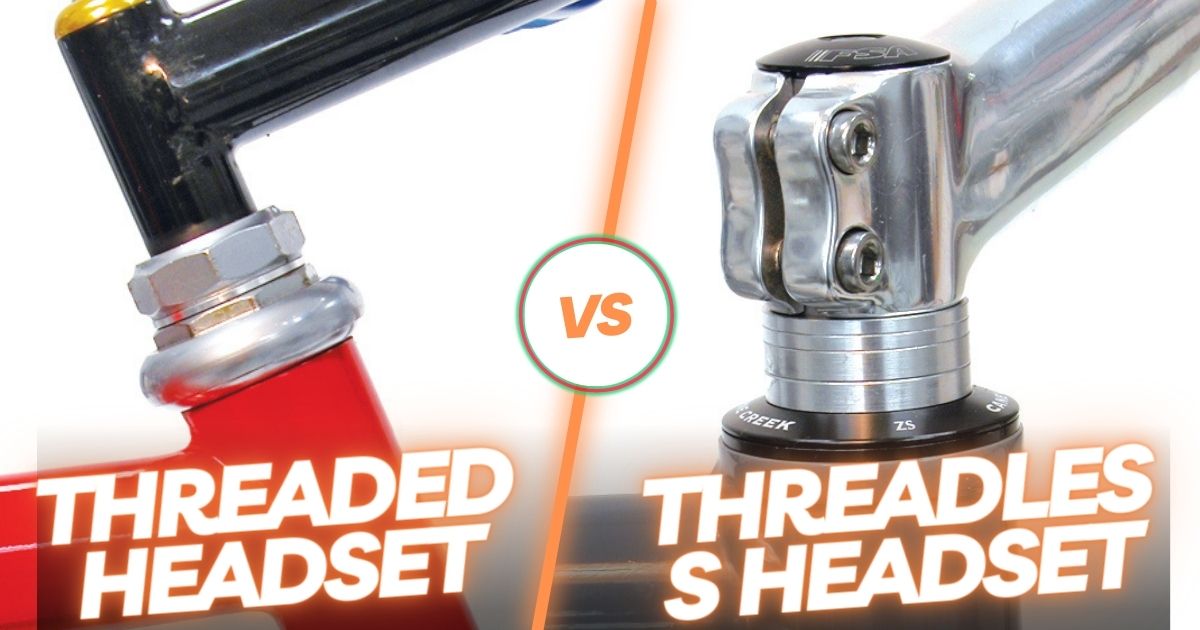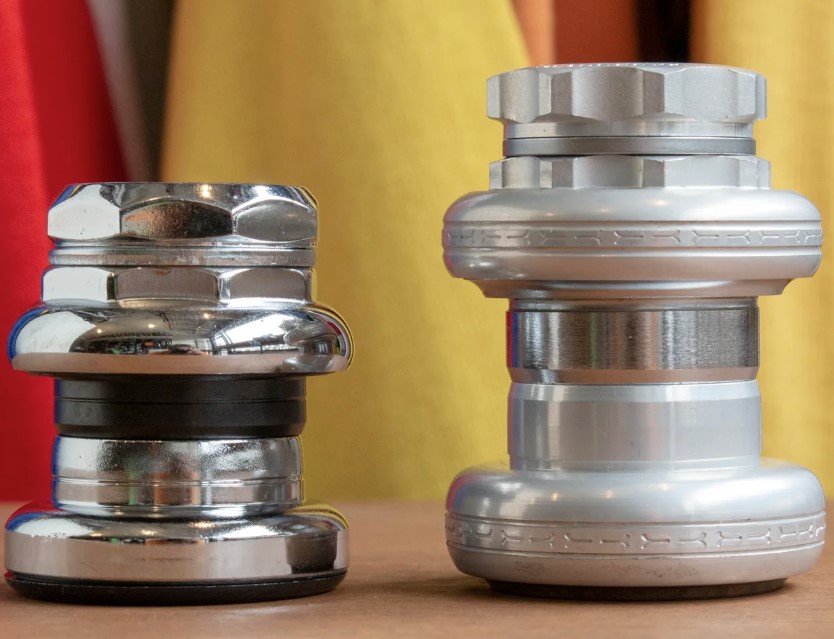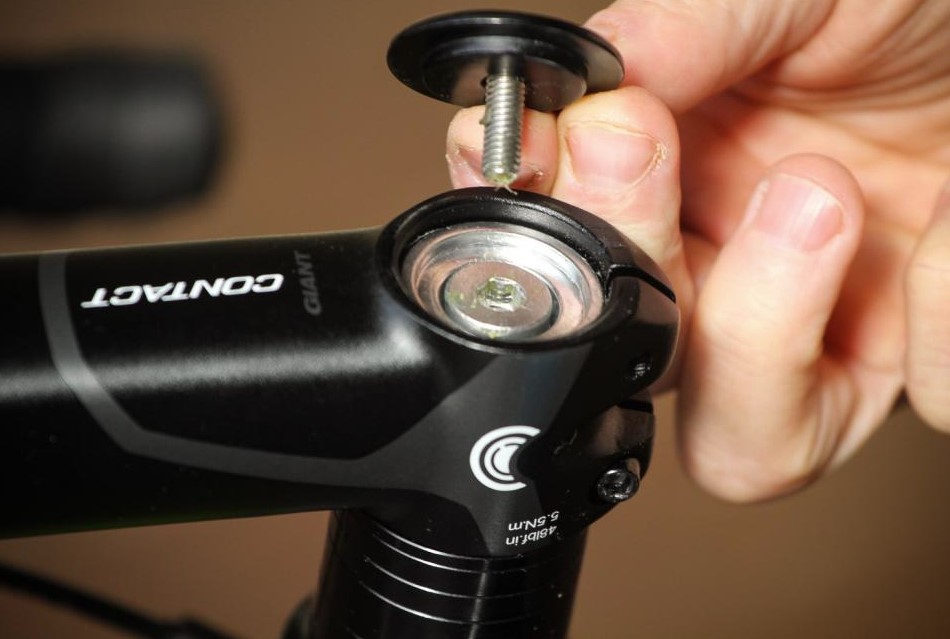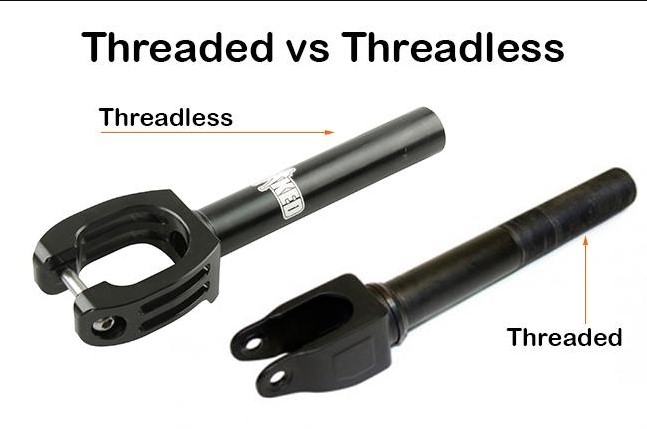When it comes to upgrading or building your bicycle, the choice of headset can significantly impact your ride. The two primary contenders in this arena are the threaded and threadless headsets. This comprehensive guide aims to demystify these options, helping you make an informed decision based on your needs and preferences. Let’s embark on this journey to understand the nuts and bolts of threaded vs threadless headsets.
| Aspect | Threaded Headset | Threadless Headset |
|---|---|---|
| Design | Traditional, with the fork threaded into the headset | Modern, with the fork clamped by the stem |
| Adjustability | Requires tools, less convenient | Easier to adjust, often tool-free |
| Weight | Slightly heavier due to additional components | Lighter, beneficial for performance-focused cycling |
| Stem Compatibility | Limited to quill stems or requires adapters for modern stems | Compatible with a wide range of modern stems |
| Maintenance | May require more frequent greasing, susceptible to rust | Generally lower maintenance with sealed bearings, less prone to rust |
| Aesthetics | Classic and vintage appearance | Sleek, modern, and minimalist |
| Handling | Stable and predictable, preferred for traditional riding styles | Flexible, allowing for a more versatile riding experience |
| Ideal for | Vintage enthusiasts, cyclists preferring a classic feel | Tinkerers, weight-conscious riders, those seeking easy adjustability |
| Pros | Simpler design, wider variety of stems, easier service for some | Lighter, easier to adjust, stronger, more versatile |
| Cons | Heavier, more difficult to adjust, not as strong as threadless headsets | More complex design, can be harder to service for some, limited stems |
What is a Threaded and Threadless Bike Headset?
Understanding the fundamentals of bike headsets is super important for cyclists, whether they’re embarking on a new build, an upgrade, or simply aiming to enhance their knowledge. A bike headset is a set of bearings that facilitates the smooth rotation of the front fork within the head tube of the bike frame. There are two primary types of headsets: threaded and threadless.
Threaded Headset
A threaded headset consists of a threaded fork that screws into the head tube of the frame. This traditional design features bearings housed in cups, which are pressed into the head tube. The stem, which is the component that connects the handlebars to the steerer tube of the fork, is then clamped onto the steerer tube, securing the bearings in place.
Pros of Threaded Headsets:
- Simpler Design: The straightforward mechanism makes them appealing for their ease of understanding and classic style.
- Ease of Service: For those familiar with its mechanics, a threaded headset can be easier to service.
- Variety of Stems: There’s a wider array of compatible stems available, for different styles and preferences.
Cons of Threaded Headsets:
- Heavier: The additional material and design elements make threaded headsets slightly heavier.
- Adjustment Challenges: They can be more intricate to fine-tune, requiring a more hands-on approach.
- Strength Limitations: Compared to their threadless counterparts, threaded headsets are generally not as robust.
Threadless Headset
A threadless headset, on the other hand, employs a press-fit or star-fangled nut to secure the bearings. The fork’s steerer tube extends through the head tube and is clamped by the stem. This contemporary design facilitates a broader range of stem angles and heights, making it a versatile choice for modern cyclists.
Pros of Threadless Headsets:
- Lighter Weight: Their construction is typically lighter, benefiting performance and handling.
- Ease of Adjustment: Adjustments are simpler and more straightforward, adding to their user-friendliness.
- Strength and Versatility: Threadless headsets are stronger and more versatile, accommodating a variety of riding styles and preferences.
Cons of Threadless Headsets:
- Complex Design: The more modern design can be more complex to understand and work with.
- Service Challenges: For some, servicing a threadless headset can be more daunting due to its complexity.
- Limited Stem Compatibility: Although versatile, they might have limitations regarding stem compatibility, especially with older or more traditional bikes.
Differences between a threaded and threadless bicycle headset
The headset of a bicycle, often referred to as the ‘cockpit’, plays a really key role in the handling and overall feel of the bike while riding. Both threaded and threadless headsets have distinct mechanisms and characteristics that influence this experience. Understanding their differences is key to choosing the right one for your bicycle.
Mechanism and Structure
Threaded Headset:
- Screwed Tight: In a threaded system, the fork’s steerer tube is threaded and screws tightly into the headset, which is embedded in the head tube.
- Traditional Setup: This method is more traditional and has been used in bicycles for many years.
- Fixed Position: Once screwed in place, the position of the stem and hence the handlebars is relatively fixed, requiring tools for any adjustment.
Threadless Headset:
- Pressure-Based System: The threadless headset relies on pressure rather than threading.
- Steerer Tube Extension: In this system, the steerer tube extends through the head tube and above the headset.
- Clamped Stem: The stem is clamped onto the steerer tube, securing it in place. This allows for easier adjustments of the stem’s height and angle.
Handling and Adjustability
Threaded Headset:
- Stability in Handling: The threaded design provides a stable, predictable handling experience, often preferred by traditional riders.
- Adjustment Complexity: Adjustments typically require tools and a bit more effort, as the stem is fixed onto the threaded steerer.
Threadless Headset:
- Flexible Handling: The pressure-based system of a threadless headset allows for more flexibility in handling.
- Easy Adjustments: Adjusting the height and angle of the stem is easier and can often be done without extensive tools, making it more user-friendly, especially for riders who frequently tweak their bike setup.
Aesthetics and Design
Threaded Headset:
- Classic Look: Threaded headsets are often associated with a classic, vintage aesthetic. They are a common choice for retro builds or classic bike models.
Threadless Headset:
- Modern and Sleek: Threadless headsets offer a more modern, streamlined look. They are typically seen on contemporary bicycle designs and are favored for their minimalistic appearance.
Threaded or Threadless? The Verdict Depends on Your Ride
When it comes to choosing between threaded and threadless headsets for bicycles, the decision is akin to comparing apples and oranges. Both styles have their unique strengths and cater to different cyclist needs and preferences. Here’s how to determine which headset aligns best with your cycling style and priorities:
For the Tinkerer:
- Threadless Headsets: If you enjoy delving into the mechanics of your bike and don’t mind a bit of a learning curve, threadless headsets offer a rewarding experience. They may seem daunting initially, but with practice, they become easier to adjust. Plus, their low-maintenance nature is a significant plus.
For the Gram-Counter:
- Threadless Headsets: For those who are conscious about the weight of their bike – perhaps road racers or mountain bikers who tackle steep climbs – the threadless headset is a winner. Its lighter weight can make a noticeable difference in your climbing efficiency and speed, bringing you closer to achieving personal bests.
For the Vintage Enthusiast:
- Threaded Headsets: If you have a penchant for vintage or retro-style bicycles, a threaded headset is the way to go. Its compatibility with classic quill stems will maintain the authentic look and feel of your vintage bike, making sure it continues to roll with timeless elegance.
For the Weekend Warrior:
- Threaded Headsets: If your cycling adventures are more about leisure and ease rather than performance or aesthetics, the threaded headset might be your ideal companion. Its familiar design and simplicity in operation make it a reliable choice for casual riders who value straightforward functionality.
Making the Choice:
Ultimately, the best headset for you is the one that enhances your riding experience and keeps you joyful on your journeys. If you have the opportunity, test riding bikes with both types of headsets can provide valuable firsthand experience. Feel the difference in handling and adjustability, and let your personal cycling preferences guide your decision. Remember, in the world of cycling, there is no one-size-fits-all answer – it’s about finding the perfect match for your unique ride.










